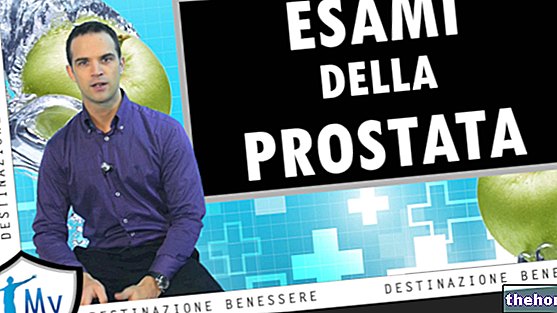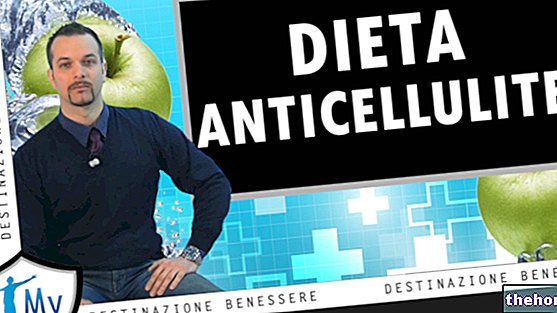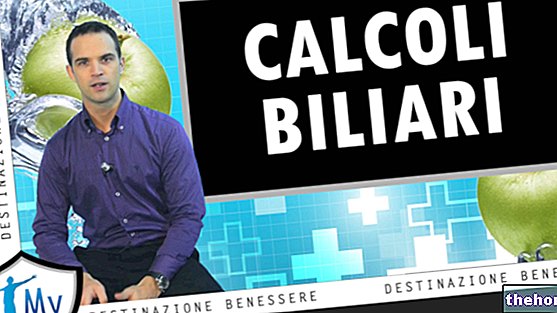Today we will talk about HONEY, one of the most discussed and controversial foods in human nutrition.
According to current legislation (D.L. 21 May 2004, n.179), HONEY is a food produced by bees, or insects of the genus Apis and Species mellifera.
These insects collect the NECTAR, the POLLEN or OTHER secretions of the plants for: transform them, combine them with some OWN substances, deposit them, dehydrate them, store them and let them mature in the honeycombs of the hive.
The various types of honey can be differentiated according to the substance used by the bees; there are two types, namely:
- NECTAR honey (priming substance for insects secreted by the plant itself)
- MELASS honey (waste substance produced by other insects that feed on sap).
- Honey IN FAVO
- WITH PIECES or SECTIONS of HONEYCOMB
- DRAINED
- CENTRIFUGATED
- PRESSED
- FILTERED.
Honey is a product that can be defined as ONE of a kind, but it does NOT fall within the classification of 7 FUNDAMENTAL food groups divided by INRAN, the National Research Institute for Food and Human Nutrition.
HOWEVER, it is a VERY LITTLE INTERESTING food; in fact, it is one of the very few NATURAL SWEETENERS (ie already available and without any type of processing) that contains simple carbohydrates in quantities similar to those of table sugar.
The main carbohydrates are:
- FRUCTOSE for about 38% of the total volume
- GLUCOSE for about 31% of the total volume.
Compared to table sugar, honey contains more water (about 17-18%) and free fructose; its energy density is almost 25% lower and the glycemic index, which ranges from 31 to 78, is on average lower. As if that weren't enough, honey contains vitamins, mineral salts, antioxidants and antibacterials completely unrelated to table sugar.
However, some doubts remain about the practicality of using honey compared to granular sucrose.
First of all, honey has a lower specific weight than sugar, that is about 1400g per liter against about 1600g per liter; this means that a unit of honey "should" VISUALLY be more abundant than one of sugar, but the difference on 5 or 10g is definitely not very effective!
It should also be emphasized that honey (thanks to the prevalence of fructose) should have a SAME or SUPERIOR sweetening power compared to sugar. In reality, in practice, this sweetening capacity is NOT well noticeable by all.
It must also be said that, due to the high stickiness, the estimate of the portion of liquid honey is anything but simple. On the other hand, as regards solid or crystallized honey, a lower solution capacity is observed.
In short, from a practical point of view, honey DOES NOT boast the SAME EASE of consumption as table sugar.
Now, let's move on to the FEATURES that distinguish HONEY from other sweeteners.
As we have anticipated, honey is also rich in small NON-energetic compounds (about 3.2%); among these we mention: vitamins, trace minerals, organic acids, amino acids, antioxidants and antibacterials; all of the above, together with the dissolved sugars, participate in determining a pH generally between 3.4 and 6.1.
GLUCIDES aside, organic acids represent the most important dissolved portion of honey. Present from 0.17 to 1.17%, they have the function of STRUCTURING the specific taste and aroma. Of all, the most abundant is GLUCONIC acid (an enzymatic derivative of glucose) which plays the role of a TASTE ENHANCER.
A fair presence of ANTIOXIDANTS is also appreciated, that is the molecules that contribute to prolonging conservation in FOOD, and reduce general oxidative stress in the BODY. In honey, the main antioxidants are: CRISINA, PINOBANKSINA, PINOCEMBRINA, VITAMIN C and CATALASE. The effectiveness of honey antioxidants was confirmed in a 2002 study entitled "Could Honey Have a Place in Colitis Therapy " in which the beneficial reactions of honey enemas were observed in a sample of rats with colon cancer.
Honey has also been studied for its hypothetical abilities to relieve allergic reactions. In a 2006 study called "Inhibitory Effect of Honeybee-Collected Pollen on Mast Cell Degranulation In Vivo and In Vitro ", it was concluded that the pollen collected by bees exerts an ANTIALLERGIC effect by inhibiting the immunoglobulin (IgE) binding on mast cells. However, we remind you that ALSO pollen and honey can give rise to significant allergic reactions, limiting their application on certain hypersensitive subjects.
Finally, as cited in the 2010 study "Honey "beats cough medicine", it seems that honey is ACTUALLY related to a CALMING effect on cough and sore throat.
It should also be said that the MICRONUTRITIONAL composition of honey varies considerably, especially according to the NECTAR used by bees; to give a trivial example, acacia honey does NOT have the same characteristics as chestnut honey!
Furthermore, the integrity of the thermolabile molecules (such as certain vitamins and some antioxidants) could be seriously compromised:
- from the PASTEURIZATION process
- from the TEMPERATURE of the honey to the moment of consumption
- from the general STORAGE status of the food.
In addition to its EXCELLENT NUTRITIONAL FUNCTION, honey has been used since ancient times as a DISINFECTANT and HEALING for TOPICAL use. Despite this TRADITION, the active ingredients and pharmacological mechanisms involved in the various reactions have only recently been UNVEILED.
Honey is therefore ANTISEPTIC, ANTIBACTERIAL and PRO-HEALING. These properties are ATTRIBUTABLE to the content of certain SPECIFIC molecules and to certain CHEMICAL-PHYSICAL PROPERTIES of the food. These are:
- OSMOTIC CAPACITY which reduces free water
- ACID pH
- GLUCOSE OXIDASE ENZYME which, ONLY when honey is exposed to air, gradually releases HYDROGEN PEROXIDE (better known as hydrogen peroxide)
- METHYLGYOXAL or antimicrobial MGO
- DEFENSIN-1 of the antimicrobial API.
Then, in a study in 2007 called "UW study tests topical honey as a treatment for diabetic ulcers ", honey for topical use has been shown to be effective in the treatment of ulcers infected with type 2 diabetes mellitus, with a sample of patients who could NOT use antibiotics.
A further confirmation of this antimicrobial capacity occurred in 2008 with the publication of an experiment called "Honey Effective In Killing Bacteria That Cause Chronic Sinusitis "; the work has in fact recognized the ability of honey to ANTI-DRUG the drug-resistant BIOFILM implicated in certain types of CHRONIC RHINO-SINUSITIS.
Then there is the REVERSE of the MEDAL ...
First of all, as I have already said, commercial honey is PASTEURIZED, that is subjected to a temperature that allows the elimination of yeasts and any bacteria (such as Botox). In this way, while increasing conservation, both active enzymes, antioxidants and other thermolabile molecules are significantly reduced. This aspect compromises both the NUTRITIONAL and ANTIBACTERIAL FUNCTION for TOPICAL use.
Secondly, honey CANNOT be consumed in large portions. Excessive use of honey in the diet would increase the risk of:
- Nutritional imbalance due to excess of simple sugars and calories
- Increased frequency of dental caries
- Worsening of any GLYCEMIC condition in type 2 diabetes mellitus and gestational diabetes.




























